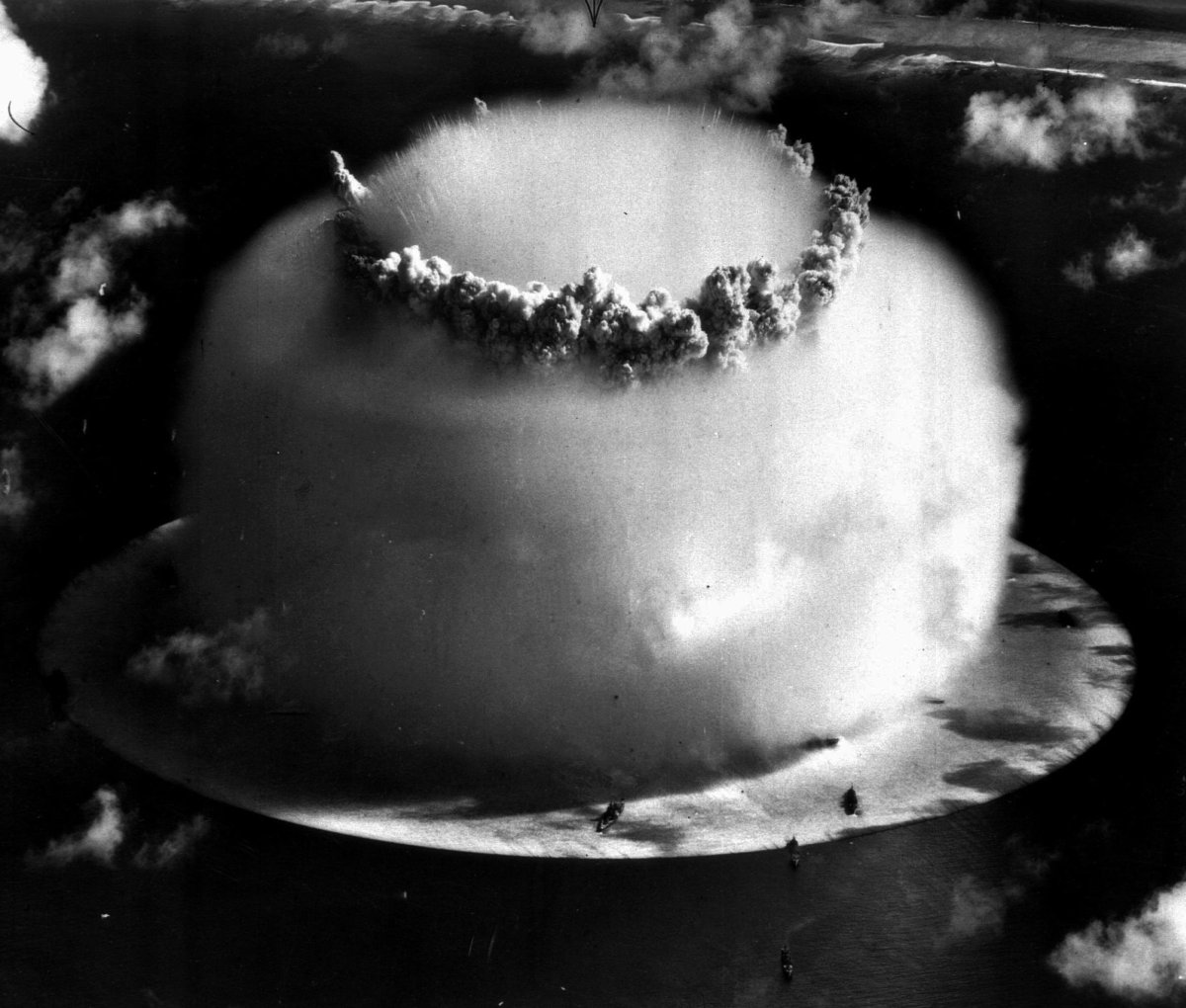A concrete dome built on an uninhabited island in the Pacific Ocean to house waste from atomic bomb tests could be leaking radioactive material into the ocean, UN Secretary-General Antonio Guterres warned.

Guterres said there is a growing concern that the structure on the Enewetak atoll in the Marshall Islands – which he described as “a kind of coffin” – is developing significant cracks in the concrete after decades of exposure and could break apart if hit by a tropical storm.
“The consequences of these have been quite dramatic, in relation to health, in relation to the poisoning of waters in some areas,” Guterres said, speaking in Fiji last week, Agence France-Presse reported. “I’ve just been with the president of the Marshall Islands, who is very worried because there is a risk of leaking of radioactive materials that are contained in a kind of coffin in the area.”
READ MORE: How climate change is changing Mount Everest

The Marshall Islands, a chain of islands and atolls located between Hawaii and Papua New Guinea, was home to a series of nuclear weapons tests from 1946-58 carried out by the U.S. and France.
One of the tests included the 1954 “Castle Bravo” hydrogen bomb, the most powerful ever detonated by the U.S., and roughly 1,000 times bigger than the “Little Boy” atomic bomb dropped on Hiroshima, according to the Atomic Heritage Foundation.
The explosion was more than two-and-a-half times greater than expected and caused far higher levels of fallout than scientists had predicted, covering nearby inhabited islands in radioactive debris.
“Approximately five hours after the detonation, it began to rain radioactive fallout at Rongelap,” Jeton Anjain, minister of health and senator in the Marshallese parliament, later testified. “Within hours, the atoll was covered with a fine, white, powder-like substance. No one knew it was radioactive fallout. The children played in the ‘snow.’ They ate it.”
WATCH: UN chief says world is ‘not on track’ to achieve Paris Agreement objectives

Built in the late 1970s, the concrete dome was designed as a temporary solution to house the radioactive soil and ash.
Guterres is currently touring the South Pacific to raise awareness about the effects of climate-change issues and said more needs to be done to help the area deal with the legacy of nuclear testing.
“The Pacific was victimized in the past as we all know,” he said. “A lot needs to be done in relation to the explosions that took place in French Polynesia and the Marshall Islands.”
READ MORE: Search narrowed to five northern Ontario locations for place to store used nuclear fuel
- 16-year-old child of billionaire tech CEO reported missing
- U.S. tourist faces 12-year sentence for bringing ammo to Turks and Caicos
- Canada refused to repatriate woman from ISIS camp because she can’t be arrested: internal memo
- Bombardier, Airbus get exemptions from Canadian sanctions on Russian titanium





Comments